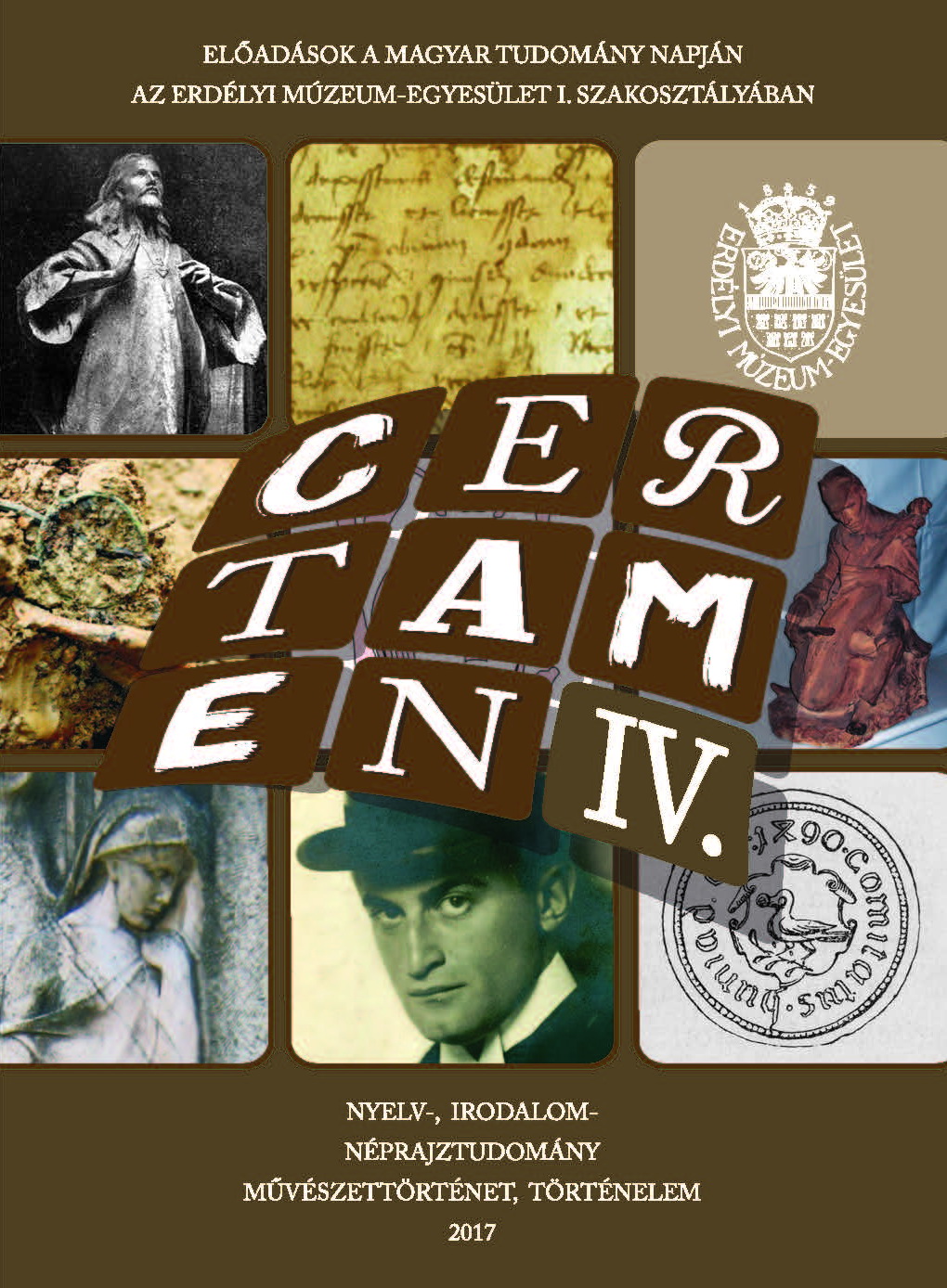Észrevételek az Erdélyi-medence kora középkori „nyugatiasodása” kapcsán
Some Remarks on the ‘Westernisation’ of the Transylvanian Basin
Author(s): Erwin Gáll, Zsolt NyárádiSubject(s): Archaeology, Cultural history
Published by: Erdélyi Múzeum-Egyesület
Keywords: westernisation; acculturation phenomenon; migration; female wear; female headdress
Summary/Abstract: Our research tries to reconstruct the hairdress of the Arpadian Age based on archaeological artefacts found in the Arpadian age churchyards in the Transylvanian Basin. The hairpins used throughout the 5‒9th centuries in Western-Europe in the Anglo-Saxon speech-area were part of a hairdress fashion formation which later, in the 12th century, spread in the whole Christian Europe. Looking at the Transylvanian artefacts and their context we can notice that the copper alloy hairpins with gilded globular heads often appear with S ending lock rings. Their appearance is in strong relation with the Christian mentality and the western fashion of this age, which are obviously connected with the ‘westernisation’ of the Hungarian state institutions. Going into the most detailed analysis of the archaeological artefacts the results rise a lot of questions, some of which were answered only after other (especially anthropological) researches. It looks sure that these type of artefacts are not the heritage of any foreign people. The expanding of this study and the excavation of the earliest cemeteries in the future should complete our knowledge on this topic. In the 12th century the archaeological signs of ‘westernisation’ appear in all segments of life in the Transylvanian Basin. This can only mean one fact: besides the migrations mentioned by the written sources, the Hungarian Kingdom – including its Eastern half – was integrated into the Western culture.
Journal: Certamen
- Issue Year: 2017
- Issue No: IV
- Page Range: 211-232
- Page Count: 22
- Language: Hungarian

